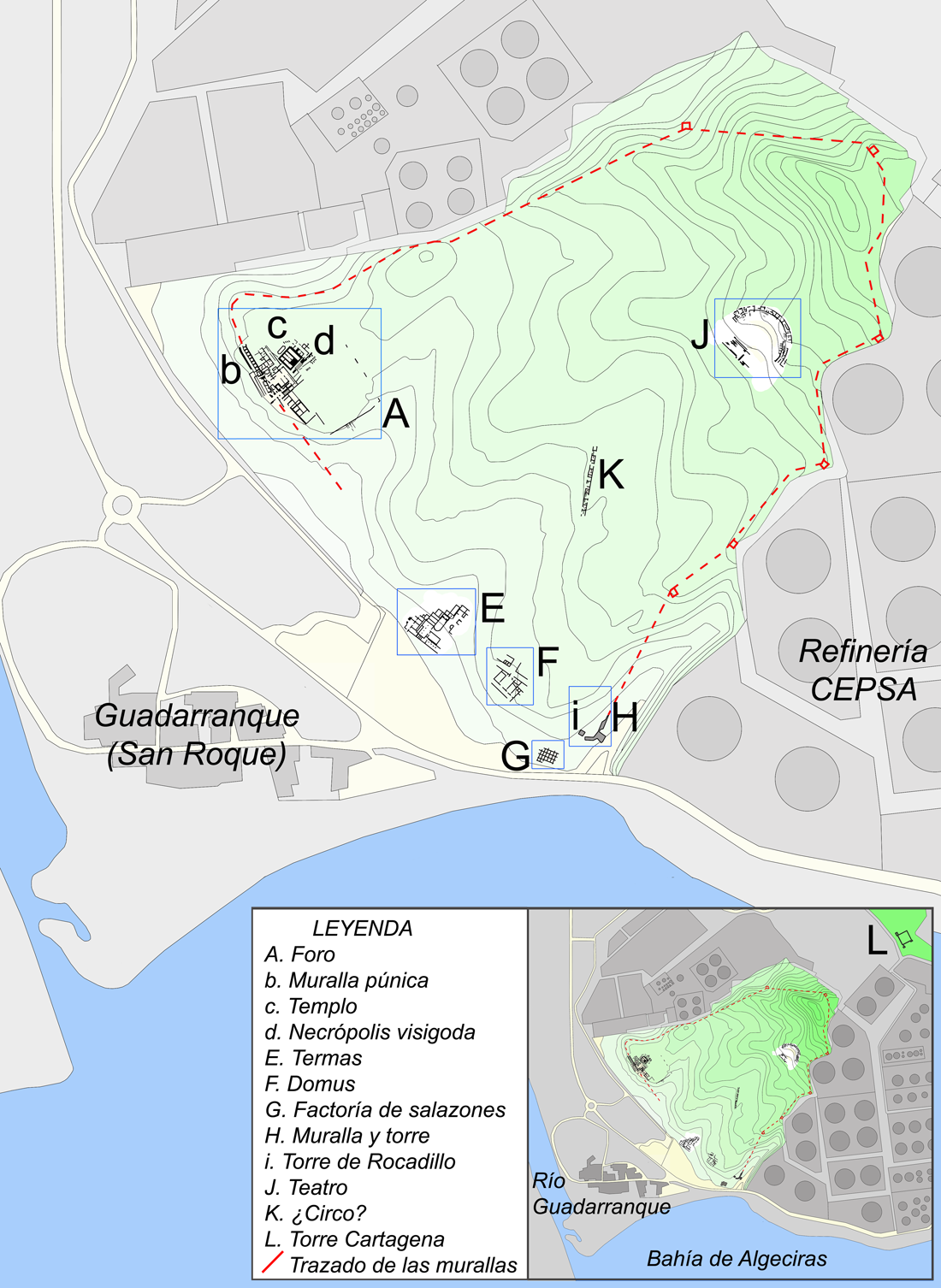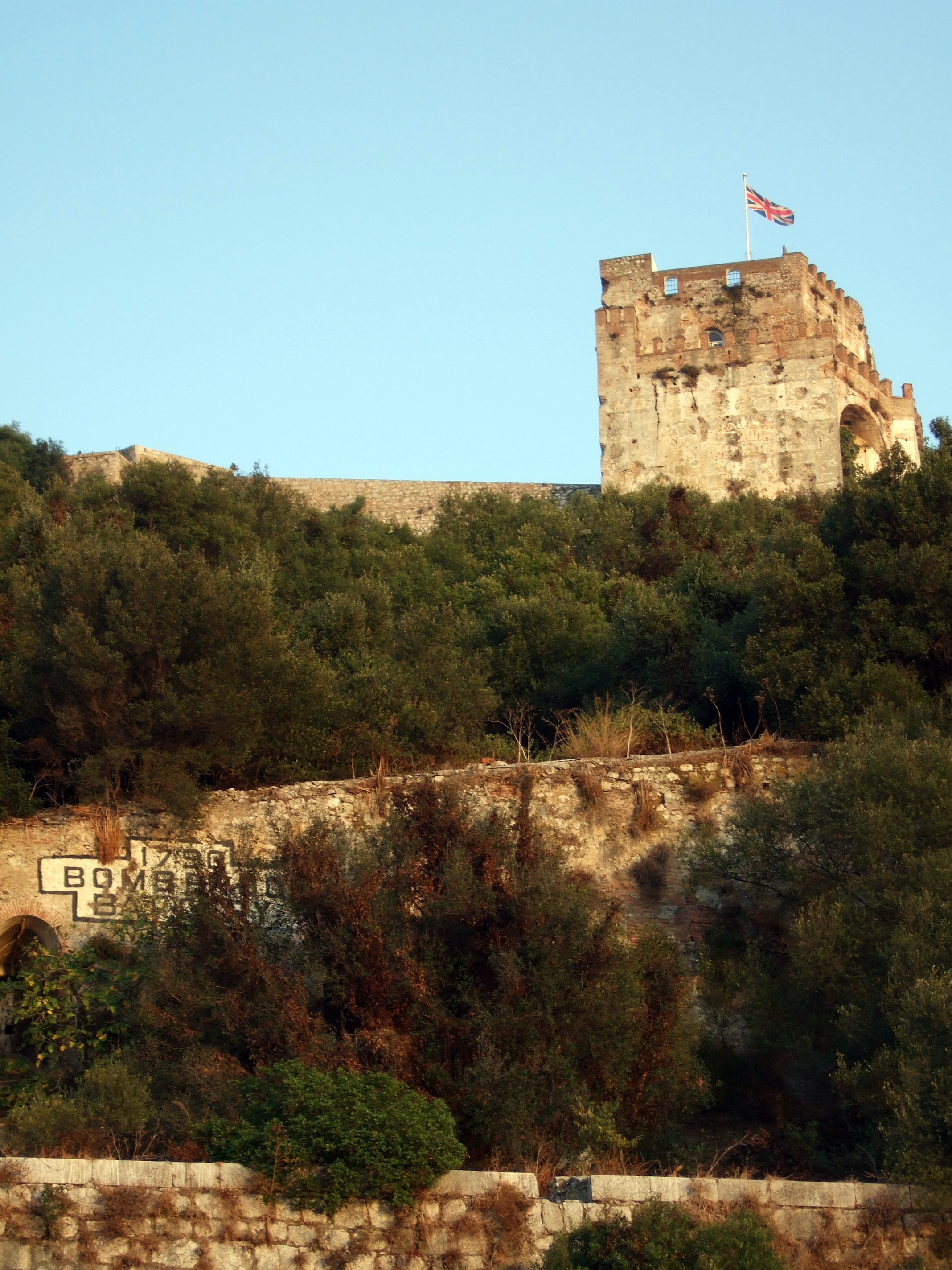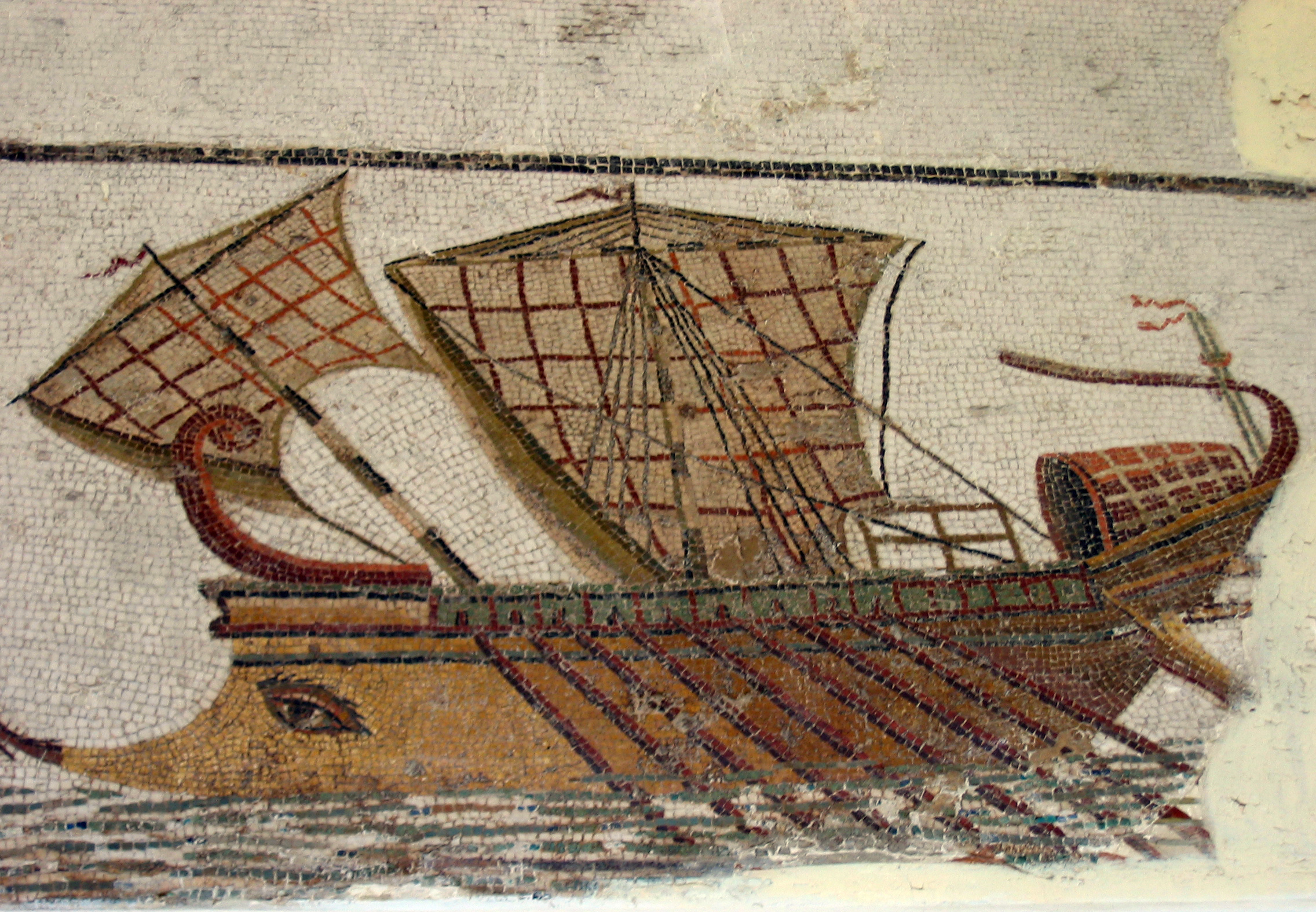|
Ibn Abī ʿĀmir
Abu ʿĀmir Muḥammad ibn ʿAbdullāh ibn Abi ʿĀmir al-Maʿafiri (), nicknamed al-Manṣūr (, "the Victorious"), which is often Latinized as Almanzor in Spanish, Almansor in Catalan and Almançor in Portuguese ( 938 – 8 August 1002), was a Muslim Arab Andalusi military leader and statesman. As the chancellor of the Umayyad Caliphate of Córdoba and ''hajib'' (chamberlain) for Caliph Hisham II, Almanzor was effectively ruler of Islamic Iberia. Born in Turrush to a family of Yemeni Arab origin with some juridical ancestors, ibn Abi ʿĀmir left for Córdoba when still young to be trained as a ''faqīh''. After a few humble beginnings, he joined the court administration and soon gained the confidence of Subh, mother of the children of Caliph Al-Hakam II. Thanks to her patronage and his own efficiency, he quickly expanded his role. During the caliphate of Al-Hakam II, he held several important administrative positions, including director of the mint (967), administrator ... [...More Info...] [...Related Items...] OR: [Wikipedia] [Google] [Baidu] |
Calatañazor
Calatañazor is a municipality located in the province of Soria, Castile and León, Spain. According to the 2010 census ( INE), the municipality has a population of 70 inhabitants. The municipality is named after the tiny fortified city on top of a hill. Also situated in the municipality are the hamlets Aldehuela and Abioncillo. Abioncillo used to be abandoned like many forsaken hamlets in Spain, but in the 1980s was turned around by a few dedicated teachers into an educational center. In the valley between Calatañazor and Abioncillo, the Battle of Calatañazor took place in 1002. This place is still named ''el valle de la sangre'' (the Valley of Blood). Almanzor, the ruler of Muslim Al-Andalus, is by some historians said to have died in the battle and was buried in Medinaceli. There is a statue of him in Calatañazor. A certain kind of juniper tree, the Juniperus thurifera (Spanish juniper), grows in a close forest in the nature reserve of ''El Sabinar de Calatañazor''. Some ... [...More Info...] [...Related Items...] OR: [Wikipedia] [Google] [Baidu] |
Umm Al-walad
In the Muslim world, the title of ''umm al-walad'' () was given to a slave-concubine who had given birth to a child acknowledged by her master as his. These women were regarded as property and could be sold by their owners, a practice that was permitted at the time under regulations from Prophet Muhammad. After Muhammad’s death, Umar authorized a policy during his time as a caliph, that prohibited owners from selling or gifting their ''umm al-walads'', and upon their owners deaths, they would be granted freedom. Ali, Muhammad's cousin and son-in-law, initially concurred with Umar's decision. However, after Umar's death and the death of Uthman, who maintained the policy, Ali reversed it in the later period of his caliphate, declaring that ''umm al-walad'' was still sellable despite having given birth to the owner's child. Ali's viewpoint was eventually integrated into Shi'ism, along with the acceptance of temporary marriages. On the other hand, all prominent Sunni legal sch ... [...More Info...] [...Related Items...] OR: [Wikipedia] [Google] [Baidu] |
Carteia
Carteia () was a Phoenician and Ancient Rome, Roman town at the head of the Bay of Gibraltar in Spain. It was established at the most northerly point of the bay, next to the town of San Roque, Cádiz, San Roque, about halfway between the modern cities of Algeciras and Gibraltar, overlooking the sea on elevated ground at the confluence of two rivers, nowadays called Guadarranque and Cachon. According to Strabo, it was founded around 940 BC as the trading settlement of ''Kʿrt'' (meaning "city" in the Phoenician language; compare Carthage and Cartagena, Spain, Cartagena). The area had much to offer a trader; the hinterland behind Carteia, in the modern south of Andalusia, was rich in wood, cereals, oranges, lemons, lead, iron, copper and silver. Dyes were another much sought-after commodity, especially those from the murex shellfish, used to make the prized Tyrian purple. Strabo and Pomponius Mela, mention that some believe that Carteia used to be the Tartessos. Pliny the Elder w ... [...More Info...] [...Related Items...] OR: [Wikipedia] [Google] [Baidu] |
Tariq Ibn Ziyad
Tariq ibn Ziyad ( ; ), also known simply as Tarik in English, was an Umayyad commander who initiated the Muslim conquest of the Iberian Peninsula (present-day Spain and Portugal) against the Visigothic Kingdom in 711–718 AD. He led an army and crossed the Strait of Gibraltar from the North African coast, consolidating his troops at what is today known as the Rock of Gibraltar. The name "Gibraltar" is the Spanish derivation of the Arabic name (), meaning 'mountain of Tariq', which is named after him. Origins Medieval Arabic historians give contradictory data about Ṭāriq's origins and ethnicity. Some conclusions about his personality and the circumstances of his entry into al-Andalus are surrounded by uncertainty. The vast majority of modern sources state that Ṭāriq was a Berber ''mawla'' of Musa ibn Nusayr, the Umayyad governor of Ifriqiya. According to Ibn Khaldun, Tariq Ibn Ziyad was from a Berber tribe in what is now Algeria. Heinrich Barth mentions that Tariq Ibn Z ... [...More Info...] [...Related Items...] OR: [Wikipedia] [Google] [Baidu] |
Algeciras
Algeciras () is a city and a municipalities in Spain, municipality of Spain belonging to the province of Cádiz, Andalusia. Located in the southern end of the Iberian Peninsula, near the Strait of Gibraltar, it is the largest city on the Bay of Gibraltar (). The Port of Algeciras is List of busiest ports in Europe, one of the largest ports in Europe and the world in three categories: List of world's busiest container ports, container, List of world's busiest ports by cargo tonnage, cargo and transshipment. The urban area straddles the small Río de la Miel, which is the southernmost river of continental Europe. As of 1 January 2020, the municipality had a registered population of 123,078, second in its province after Jerez de la Frontera and greater than Cádiz city population. It forms part of the Comarcas of Spain, ''comarca'' of Campo de Gibraltar. The surrounding metro area also includes the municipalities of Los Barrios, La Línea de la Concepción, Castellar de la Frontera ... [...More Info...] [...Related Items...] OR: [Wikipedia] [Google] [Baidu] |
Guadiaro (river)
The Guadiaro is a river in the Spanish provinces of Cádiz and Málaga in the autonomous community of Andalusia, Spain. It flows southward from the Sierra Bermeja through the Sierra de Grazalema and discharges into the Mediterranean at Sotogrande. The river is notable for having some of the only marshland on the Costa del Sol. This marsh is protected by a nature preserve. There are several towns and communities near its mouth, Pueblonuevo de Guadiaro, Guadiaro, Torreguadiaro, Sotogrande, San Enrique, and Venta Nueva, all located within the San Roque municipality. See also * List of rivers of Spain This is an incomplete list of rivers that are at least partially in Spain. The rivers flowing into the sea are sorted along the coast. Rivers flowing into other rivers are listed by the rivers they flow into. Rivers in the mainland Iberian Peninsu ... References External links News and Information about Río Guadiaro(Spanish) Rivers of Spain Rivers of Andalusia ... [...More Info...] [...Related Items...] OR: [Wikipedia] [Google] [Baidu] |
Visigoths
The Visigoths (; ) were a Germanic people united under the rule of a king and living within the Roman Empire during late antiquity. The Visigoths first appeared in the Balkans, as a Roman-allied Barbarian kingdoms, barbarian military group united under the command of Alaric I. Their exact origins are believed to have been diverse but they probably included many descendants of the Thervingi who had moved into the Roman Empire beginning in 376 and had played a major role in defeating the Romans at the Battle of Adrianople in 378. Relations between the Romans and Alaric's Visigoths varied, with the two groups making treaties when convenient, and warring with one another when not. Under Alaric, the Visigoths invaded Italy and sack of Rome (410), sacked Rome in August 410. The Visigoths were subsequently settled in southern Gaul as ''foederati'' to the Romans, a relationship that was established in 418. This developed as an independent kingdom with its Capital city, capital at Toulou ... [...More Info...] [...Related Items...] OR: [Wikipedia] [Google] [Baidu] |
Al-Hujariah
Al-Hujariah (), also known as Mikhlaf al-Maʿafir () (al-Maʿafir region) and Mapharitis (Μαφαρῖτις), is a mountainous region in southwestern Yemen. It has an estimated population of one million. Most of the region is located inside Taiz Governorate and some of it is located in Lahj Governorate. The region includes al-Qabitah District, al-Ma'afer District, Jabal Habashi District, al Maqatirah District, ash-Shamaytan District, as-Silw District, al-Wazi'iyah District and al-Mawasit District. History Al-Maʿafir is a Himyarite tribe. Al-Maʿafir region is mentioned in Greek sources as Mapharitis. According to Greek sources, the capital of Al-Maʿafir was Sawe (Σαυή), or modern-day Sawwa (). Ancient history 7th century BCE Sabaean campaign Al-Maʿafir region appears in many ancient South Arabian inscriptions. The oldest known inscription that mentions al-Maʿafir dates back to the seventh century BCE. The inscription is part of an inscription called ' ... [...More Info...] [...Related Items...] OR: [Wikipedia] [Google] [Baidu] |
Yemen
Yemen, officially the Republic of Yemen, is a country in West Asia. Located in South Arabia, southern Arabia, it borders Saudi Arabia to Saudi Arabia–Yemen border, the north, Oman to Oman–Yemen border, the northeast, the south-eastern part of the Arabian Sea to the east, the Gulf of Aden to the south, and the Red Sea to the west, sharing maritime boundary, maritime borders with Djibouti, Eritrea, and Somalia across the Horn of Africa. Covering roughly 455,503 square kilometres (175,871 square miles), with a coastline of approximately , Yemen is the second largest country on the Arabian Peninsula. Sanaa is its constitutional capital and largest city. Yemen's estimated population is 34.7 million, mostly Arabs, Arab Muslims. It is a member of the Arab League, the United Nations, the Non-Aligned Movement and the Organisation of Islamic Cooperation. Owing to its geographic location, Yemen has been at the crossroads of many civilisations for over 7,000 years. In 1200 BCE, the Sab ... [...More Info...] [...Related Items...] OR: [Wikipedia] [Google] [Baidu] |
Maghreb
The Maghreb (; ), also known as the Arab Maghreb () and Northwest Africa, is the western part of the Arab world. The region comprises western and central North Africa, including Algeria, Libya, Mauritania, Morocco, and Tunisia. The Maghreb also includes the territorial dispute, disputed territory of Western Sahara. As of 2018, the region had a population of over 100 million people. The Maghreb is usually defined as encompassing much of the northern part of Africa, including a large portion of the Sahara Desert, but excluding Egypt and the Sudan, which are considered to be located in the Mashriq — the eastern part of the Arab world. The traditional definition of the Maghreb — which restricted its scope to the Atlas Mountains and the coastal plains of Morocco, Algeria, Tunisia and Libya — was expanded in modern times to include Mauritania and the disputed territory of Western Sahara. During the era of al-Andalus on the Iberian Peninsula (711–1492), the Maghreb's inhabita ... [...More Info...] [...Related Items...] OR: [Wikipedia] [Google] [Baidu] |
Iberian Peninsula
The Iberian Peninsula ( ), also known as Iberia, is a peninsula in south-western Europe. Mostly separated from the rest of the European landmass by the Pyrenees, it includes the territories of peninsular Spain and Continental Portugal, comprising most of the region, as well as the tiny adjuncts of Andorra, Gibraltar, and, pursuant to the traditional definition of the Pyrenees as the peninsula's northeastern boundary, a small part of France. With an area of approximately , and a population of roughly 53 million, it is the second-largest European peninsula by area, after the Scandinavian Peninsula. Etymology The Iberian Peninsula has always been associated with the River Ebro (Ibēros in ancient Greek and Ibērus or Hibērus in Latin). The association was so well known it was hardly necessary to state; for example, Ibēria was the country "this side of the Ibērus" in Strabo. Pliny the Elder, Pliny goes so far as to assert that the Greeks had called "the whole of the peninsula" Hi ... [...More Info...] [...Related Items...] OR: [Wikipedia] [Google] [Baidu] |
Abd Al-Rahman Sanchuelo
Abd al-Rahman al-Mahdi (9834 March 1009), nicknamed Sanchol ('little Sancho', Sanchuelo to later historians), was the ʿĀmirid '' hajib'' (chief minister) of the Caliphate of Córdoba under Caliph Hisham II from October 1008, at a time when actual power in the caliphate was vested in the ''hajib''. The Caliph nominated him as heir a month later, but he was deposed by a coup the following February. He was killed some weeks later during a vain attempt to regain power. Though an unpopular and highly flawed leader, his deposition led to the disintegration of the caliphate. Youth Sanchuelo was born in Córdoba, the son of the ''hajib'' Almanzor and a converted Christian named Abda. She was a daughter of Sancho II of Pamplona, likely originally named Urraca or Sancha. He was nicknamed Sanchol (), the diminutive of Sancho, after his Christian grandfather. His father had elevated the role of ''hajib'', once an advisory role, to become the ''de facto'' leader of the Córdoba calipha ... [...More Info...] [...Related Items...] OR: [Wikipedia] [Google] [Baidu] |








